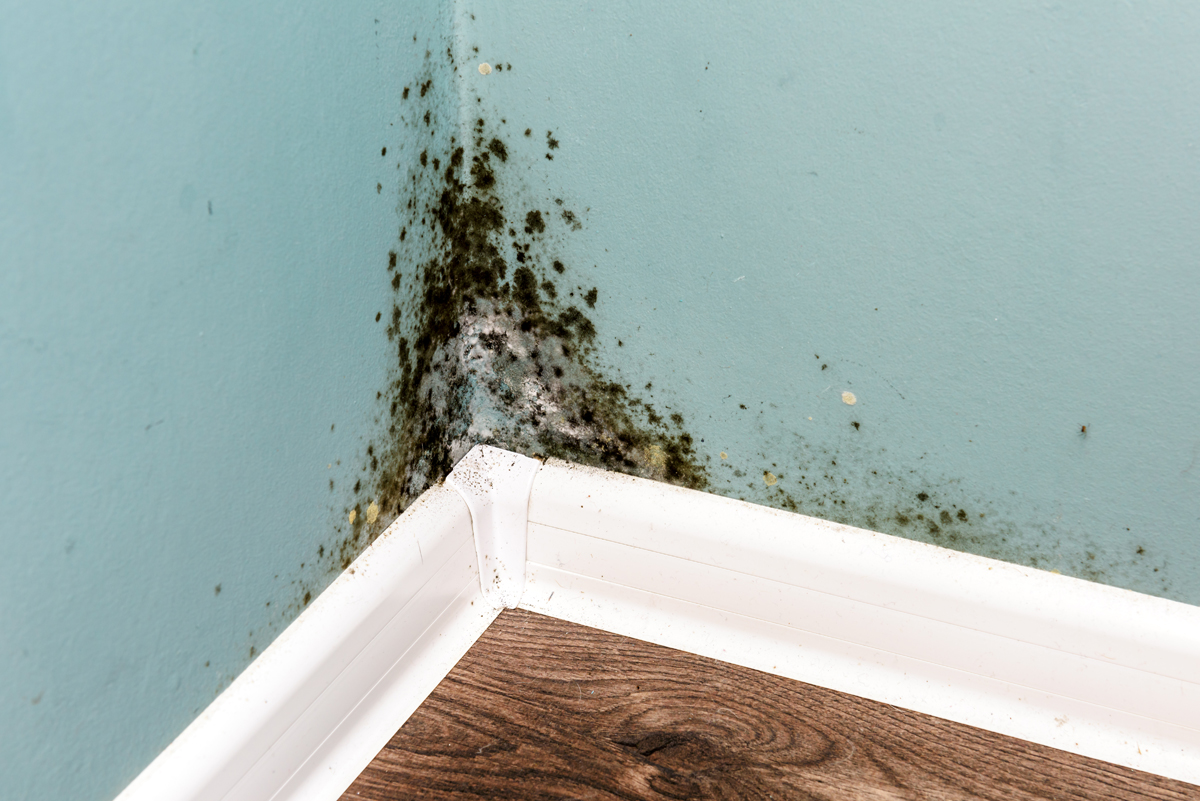
Mold remediation costs in 2025 can vary significantly based on factors such as the extent of the infestation, the size of the affected area, and regional labor rates. On average, homeowners might expect to pay between $1,500 and $3,500 for standard mold remediation services. However, if the mold has spread extensively or is located in hard-to-reach areas, costs can escalate to $5,000 or more.
It’s important to note that these figures are general estimates, and actual costs can vary. For instance, if mold is discovered during other home improvement projects, such as insulation installation or crawl space encapsulation, additional remediation expenses may be incurred. For example, removing mold and mildew during blown-in insulation projects can add about $2,250 to the overall cost.
To manage and potentially reduce mold remediation costs, consider the following steps:
- Regular Inspections: Conduct routine checks, especially in moisture-prone areas like basements, crawl spaces, and attics, to catch mold growth early.
- Prompt Repairs: Address water leaks or moisture issues immediately to prevent mold from developing.
- Professional Assessment: If mold is suspected, hire certified professionals to assess and remediate the situation, ensuring thorough and safe removal.
By staying vigilant and proactive, homeowners can mitigate the risks associated with mold and manage remediation costs effectively.
What Is Mold Remediation?
- Inspection and Assessment
Professionals inspect the property to locate mold growth, assess its extent, and identify the source of moisture promoting mold development. - Containment
The affected area is sealed off to prevent mold spores from spreading to other parts of the property during the removal process. - Air Filtration
HEPA filters and air scrubbers are used to capture airborne mold spores and improve air quality. - Mold Removal
Materials such as drywall, insulation, carpeting, and furniture that are infested may be removed if they can’t be salvaged. Non-porous surfaces are cleaned using specialized solutions. - Cleaning and Disinfecting
Surfaces are treated with antimicrobial solutions to kill mold and prevent future growth. - Repairs and Restoration
Damaged areas are repaired or replaced, such as drywall, flooring, or insulation. This step ensures the space is returned to its original condition. - Prevention Measures
Professionals may recommend steps like improving ventilation, repairing leaks, or installing dehumidifiers to prevent future mold growth.
Why Mold Remediation Is Important
- Health Concerns: Mold exposure can cause respiratory problems, allergies, and other health issues, especially for those with asthma or weakened immune systems.
- Structural Integrity: Mold can damage building materials like wood and drywall, compromising the structural integrity of your property.
- Property Value: Mold issues can lower property value and deter potential buyers or renters.
Signs You Might Need Mold Remediation
- Visible mold growth (black, green, or white patches).
- Persistent musty odor.
- Water stains or discoloration on walls or ceilings.
- Recent water damage or leaks.
- Allergic reactions, such as sneezing, coughing, or itchy eyes, especially when indoors.
If you suspect mold in your home, it’s best to consult a certified mold remediation specialist to handle the problem effectively and safely.
Native Environmental LLC is a industrial cleaning company located in Phoenix, Arizona offering a full list of industrial cleaning services including mold removal/remediation, asbestos removal/remediation, mercury spill clean up, silo cleaning and more. We can also help with industrial cleaning in Tempe, Tucson, Chandler, Gilbert, Glendale, South Phoenix, Central Phoenix, Scottsdale, Arizona and more.